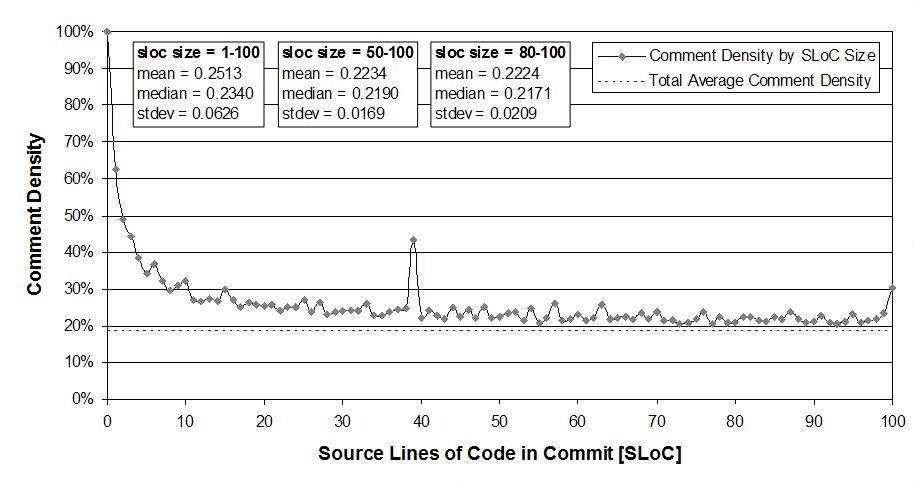Archive
Finding the ‘minimum’ faulty program
A few weeks ago I received an inquiry about running a course/workshop on compiler writing. This does not does not happen very often and it reminded me that many years ago the ACCU asked if I would run a mentored group on compiler writing, I was busy writing a book at the time. The inquiry got me thinking it would be fun to run a compiler writing mentored group over a 6-9 month period and I emailed the general ACCU reflector asking if anybody was interested in joining such a group (any reader wanting to join the group has to be a member of the ACCU).
Over the weekend I had a brainwave for a project, automatic compiler test generation coupled with a program source code minimizer (I need a better name for this bit). Automatic test generation sounds great in theory but in practice whittling down the source code of those programs that result in a fault being exhibited, to create a usable sized test case that is practical for debugging purposes can be a major effort. What is needed is a tool to automatically do the whittling, i.e., a test case minimizer.
A simple algorithm for whittling down the source of a large test program is to continually throw away that half/third/quarter of the code that is not needed for the fault to manifest itself. A compiler project that took as input source code, removed half/third/quarter of the code and generated output that could be compiled and executed is realistic. The input/reduce/output process could be repeated until the generated source was considered to have reached some minima. Ok, this will soak up some cpu time, but computers are cheap and people are expensive.
Where does the test source code come from? Easy, it is generated from the same yacc grammar that the compiler, written by the mentored group member, uses to parse its input. Fortunately such a generation tool is available and ready to use.
The beauty is using the same grammar to generate tests and parse input. This means there is no need to worry about which language subset to use initially and support for additional language syntax can be added incrementally.
Experience shows that automatically generated test programs quickly uncover faults in production compilers, even when working with language subsets. Compiler implementors are loath to spend time cutting down a large program to find the statement/expression where the fault lies, this project will produce a tool that does the job for them.
So to recap, the mentored group is going to write one or more automatic source code generators that will be used to stress test compilers written by other people (e.g., gcc and Microsoft). Group members will also write their own compiler that reads in this automatically generated source code, throws some of it away and writes out syntactically/semantically correct source code. Various scripts will be be written to glue this all together.
Group members can pick the language they want to work with. The initial subset could just include supports for integer types, if-statements and binary operators.
If you had trouble making any sense all this, don’t join the group.
Using third party measurement data
Until today, to the best of my knowledge, all the source code analysis papers I have read were written by researchers who had control of the code analysis tools they used and had some form of localised access to the source. By control of the code analysis tools I mean that the researchers specified the tool options and had the ability to check the behavior of the tool, in many cases the source of the tool was available to them and often even written by them, and the localised access may have involved downloading lots of code from the web.
I have just been reading about a broad brush analysis of comment usage based on data provided by a commercial code repository that offers API access to some basic code metrics.
At first, I was very frustrated by the lack of depth to the analysis provided in the paper, but then I realised that the authors’ intent was to investigate a few broad ideas about comment usage in a large number of projects (around 10,000). The authors complained in their blog about some of the referees comments and having to submit a shorter paper. I can see where the referees are coming from, the papers are lacking in depth of analysis, but they do contain some interesting results.
I was very interested in Figure 2:

which plots the comment density of the lines in a source code commit. I would expect the ratio to be higher for small commits because a developer probably has a relatively fixed amount to say about updates involving a smallish number of lines (which probably fixes a problem). Larger commits are probably updated functionality and so would have a comment density similar to the ‘average’.
The problem with relying on third parties to supply the data is that obtaining the answers to follow up questions invariably involves lots of work, e.g., creating an environment to perform the measurements needed for the follow-up questions. However, the third party approach can significantly reduce the amount of work needed to get to a point where the interestingness of the results can be gauged.